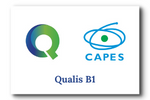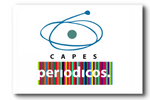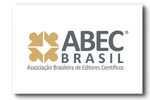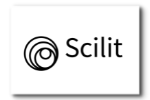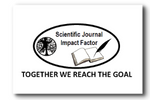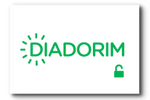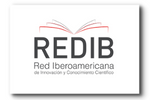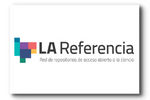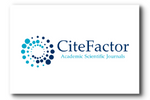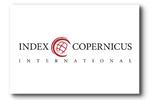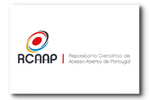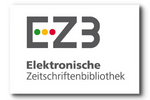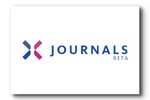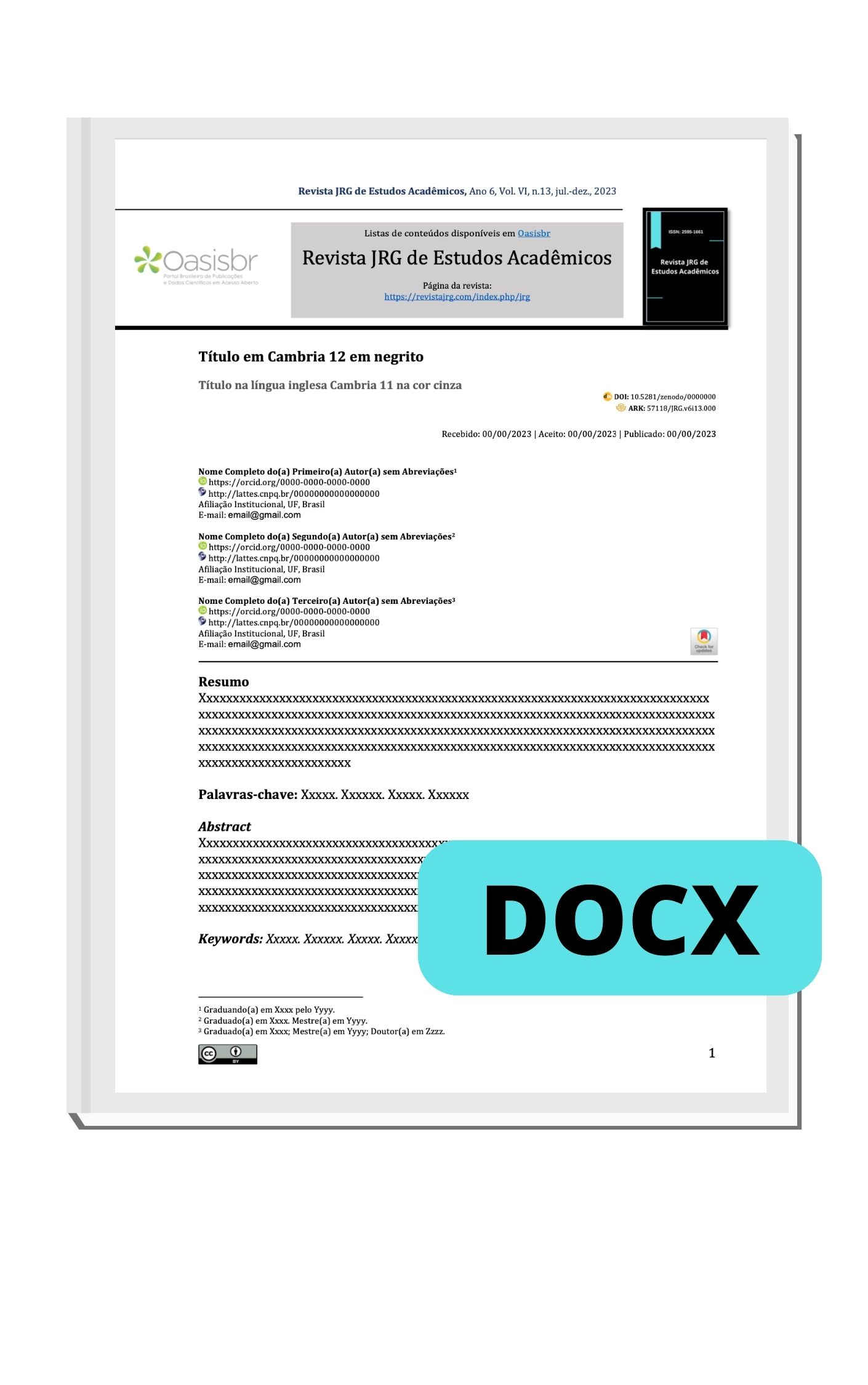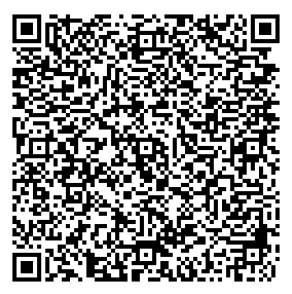Nuclear magnetic resonance and mass spectroscopy and their applications in the area of pharmacy: a narrative review
DOI:
https://doi.org/10.55892/jrg.v7i15.1320Keywords:
Spectroscopy, Magnetic Resonance, PharmacyAbstract
The use of nuclear magnetic resonance spectroscopy is widely used for the separation of chemical elements of a given product, however, it is better known as NMR spectroscopy, so it is a research instrument that has helped in the detailed exploration of properties magnetic properties of a given product or chemical element, taking into account the atomic number without harming its physical or chemical properties of atoms or molecules in which they are naturally contained. The objective of this work was to identify magnetic resonance and mass spectroscopy and its application in the pharmaceutical area. This study is a narrative bibliographic review of the literature, carried out through searches in official documents of the Ministry of Health. The search carried out through the VHL occurred during the month of April 2021, using the descriptor “Pharmacy ”“ Magnetic Resonance ”, obtained through the Health Sciences Descriptors (DECS). The search resulted in articles. Of these, some were excluded because they were articles whose realization and / or periodical of the publication was not of Brazilian national origin. In addition to this article, they were excluded because they were in repetition. Thus, this review was made up of a reduced number of articles. Spectroscopy is a tool used to characterize the mass category of a chemical in reference to the concentration of the solute. Resonance has the role of showing the results in question of the potential of its magnetic field with a high degree of resolution or low resolution. In this work it was possible to observe that magnetic resonance and mass spectroscopy covers a series of technical standards. In the context of the pharmaceutical area, such resonance techniques when applied to the biochemical aspect of a product are necessary for their advantages such as safety, planning, completion and quality in the production of a pharmaceutical artifact.
Keywords: Spectroscopy, Magnetic Resonance and Pharmacy.
Downloads
References
BARDING, G. A.; SALDITOS, R.; LARIVE, Cynthia K. Quantitative NMR for bioanalysis and metabolomics. Analytical and bioanalytical chemistry, v. 404, n. 4, p. 1165-1179, 2012.
BEYER, T.; SCHOLLMAYER, C.; HOLZGRABE, U. The role of solvents in the signal separation for quantitative 1H NMR spectroscopy. Journal of pharmaceutical and biomedical analysis, v. 52, n. 1, p. 51-58, 2010.
BREITMAIER, E.; VOELTER, W. Carbon-13 NMR spectroscopy. 1987.
CHAUTHE, S. K. et al. Quantitative NMR: an applicable method for quantitative analysis of medicinal plant extracts and herbal products. Phytochemical Analysis, v. 23, n. 6, p. 689-696, 2012.
DIRETORIA COLEGIADA DA AGÊNCIA NACIONAL DE VIGILÂNCIA SANITÁRIA Resolução-RDC nº 899. ANVISA, Brazil, 2003.
HOLZGRABE, U. Quantitative NMR spectroscopy in pharmaceutical applications. Progress in Nuclear Magnetic Resonance Spectroscopy, v. 57, n. 2, p. 229-240, 2010.
LEITE, L. L. B. Aplicação da espectroscopia de Ressonância Magnética Nuclear quantitativa de Hidrogênio (RMNq-1H) na área farmacêutica e afins. 2014.
MACOMBER, R. S. A complete introduction to modern NMR spectroscopy. New York: Wiley, 1998.
MENDHAM, J.; AFONSO, J. C. Vogel: análise química quantitativa. 2002.
RODRIGUES, E. D. Estratégias de aumento de eficiência da análise de Produtos Naturais por Espectroscopia de Ressonância Magnética Nuclear. 2010. Tese de Doutorado. Universidade de São Paulo.
SCHULTHEISS, N.; NEWMAN, A. Pharmaceutical cocrystals and their physicochemical properties. Crystal growth and design, v. 9, n. 6, p. 2950-2967, 2009.
YANG, M.; WANG, J.; KONG, L. Quantitative analysis of four major diterpenoids in Andrographis paniculata by 1H NMR and its application for quality control of commercial preparations. Journal of pharmaceutical and biomedical analysis, v. 70, p. 87-93, 2012.



